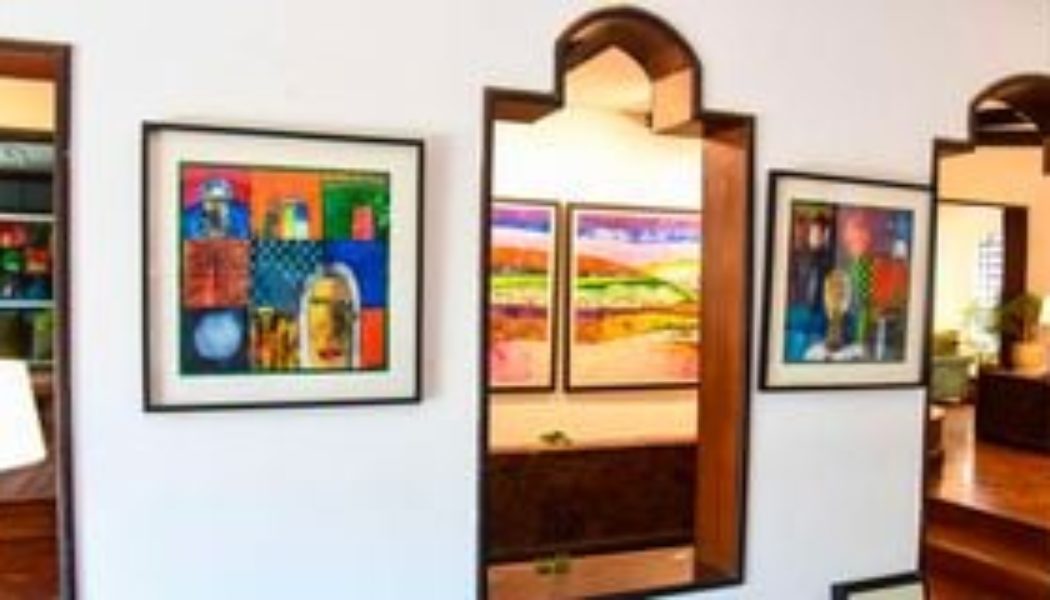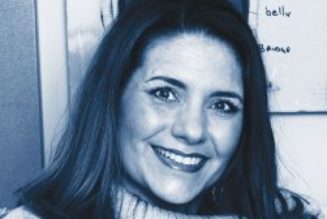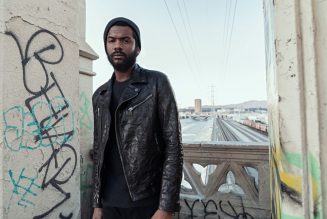Ahmed Abushariaa Mohamed, a soft-spoken Sudanese artist, is known for creating bold, dynamic works reflecting his life journey.
A graduate of the Khartoum School of Fine Art, he began his career as a graphic designer before transitioning to full-time artistry. A master of watercolour and ink, Abushariaa seamlessly moves across various media and color palettes.
“I used to design book covers and illustrations before committing to art full-time,” he says. “In 1995, I came to Nairobi for an art residency, collaborating with Kenyan artists. I later traveled to Europe and South Africa for exhibitions and now live in Uganda, though I frequently exhibit in Nairobi.”
Abushariaa’s latest exhibition, “Toggle Art,” on display at Nairobi’s Tribal Gallery, demonstrates his evolving style. The exhibition comprises several series, each inspired by a different theme.
One series draws from the landscape of his native Sudan, depicting villages in muted browns, reflecting his home’s present-day reality under civil war.
Another series, Nubian Queen, celebrates the ancient civilization of northern Sudan and its powerful queens, or kandakes. Known as fierce leaders, these queens are portrayed with stern expressions, surrounded by vibrant backgrounds.
A third series, inspired by his journey along the Blue Nile, captures Sudanese village life along the river. His affinity for ink on paper shines here, with the Blue Nile series standing out for its deep blues and intricate colour gradations.
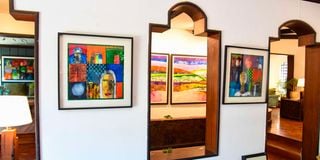
Watercolour on paper paintings by Abushariaa Ahmed at the Tribal Gallery in Nairobi on November 5, 2024.
Photo credit: Billy Ogada | Nation Media Group
The Rift Valley series, also in the exhibition, reflects his travels between Uganda and Nairobi. He depicts the Rift Valley’s layered landscapes in warm morning colours, a perspective drawn from his experience as a night traveler who sees these scenes in the early hours. His works often include minarets and Arab architecture in the background, a nod to his Sudanese roots.
“Art should never be monotonous,” he says, explaining his aversion to sticking with a single style. “I paint what leaves an impression on me, whether from my village, my journeys, or daily life.”
Created mainly between 2022 and 2024, his paintings explore various media, from water and ink on paper to acrylic on canvas. He occasionally includes earlier works in new exhibitions to showcase his artistic evolution.
His only mural, a watercolour on canvas from 2018, portrays a woman who embodied the communal warmth of Sudanese villages before recent conflicts. Titled The Loving Mother, it celebrates the women who continue to serve their communities amid war.
“Though there’s so much fighting, there is still a sense of togetherness,” he says. “These women who hosted and fed the village remain, despite the hardships.”
Abushariaa’s creative process begins with a complete break from the studio, a ritual that fuels his creativity. “I start with the theme, then choose the medium,” he explains, reflecting his deliberate approach to each series.
A defining element in his work is his use of squares, compartmentalizing subjects within distinct blocks. “Life is like a puzzle,” he says. “Each square represents a unique aspect of life, yet together, they create the larger universe.”
These geometric segments symbolise the diversity of human experience and the intricacies of existence, with each square holding its own details while contributing to the whole.
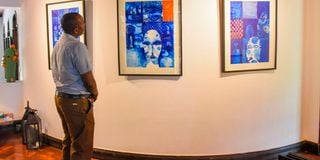
A visitor admires Ink on paper painting by Abushariaa Ahmed at the Tribal Gallery in Nairobi on November 5, 2024.
Photo credit: Billy Ogada | Nation Media Group
Human figures recur throughout his paintings, representing the universality of life. “Humans are central to existence,” he says, viewing his subjects as embodiments of the essence of life itself. Whether in portraits or landscapes, the human form serves as a testament to survival and resilience.
Abushariaa’s choice of colours often reflects his emotional state and the themes he explores. Following the Sudanese war, he created an Immigration series in stark black, symbolising the darkness of displacement and destruction.
Now, in “Toggle Art”, he has returned to vivid colours, especially in the Blue Nile and Rift Valley series.
“I had enough of the pale tones,” he notes. “In “Toggle Art”, I rediscovered the bright, life-affirming colours seen in nature and everyday life.”
The artist’s exploration of colour and form underscores his belief in art’s power to evolve. “Toggle represents the constantly shifting nature of life,” he reflects. “Comparing my past and present work teaches me that life, with all its challenges, remains vibrant and amazing.”
